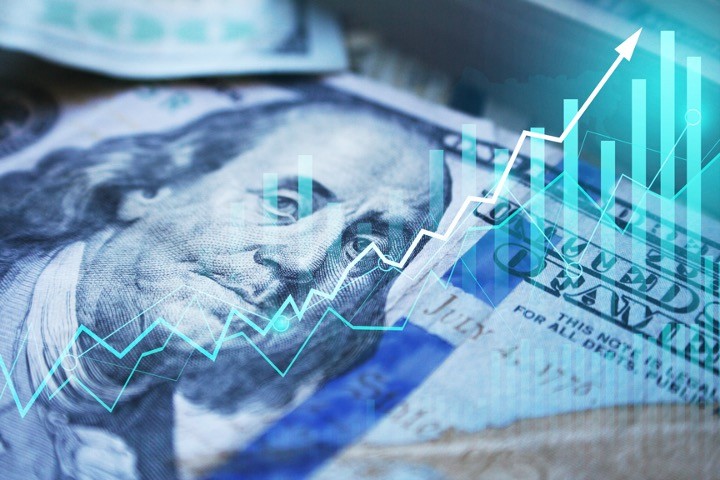Author: Author1
‘Here I Am; Send Me’: Teens Stand Against Jew Haters
Esau, Ezekiel, Gog Magog, Jacob, three regatherings, Zechariah
Nasrallah Once Again Provoking War With Israel
Warning: The Metaverse Is A Grave Danger To Child Development
Electric Vehicles May Present Major Problem During Natural Disaster Evacuations
Elite girls school now accepting boys who think they are girls
An elite girls school in Nashville, Tennessee, has confirmed it now is accepting male students who just think they’re girls.
A report fromFox News said it is Harpeth Hall that has issued a new “Gender Diversity Philosophy.”
“He created them male and female, and blessed them and called them Mankind in the day they were created.” Genesis 5:2 KJV

“Harpeth Hall is a girls school. The school culture is unique and distinctly about girls, complete with the use of references to students as girls and young women and the collective use of female pronouns,” the school statement said. “Any student who identifies as a girl may apply to our school. Students who join and remain at Harpeth Hall do so because our mission as a school for girls resonates with them.”
The school confirmed the change in a message to parents.
It will now allow biological boys, if they think they are female, admitted.
Further it said, someone, anyone, who wishes to be “identified as male” “may not be served well.”
Fox reported Harpeth isn’t the first historically all-girls facility to accept boys who say they’re girls.
Read More @ WND HERE
‘Anything But A Cashless Society’: UK Consumers Defy Banks’ War On Cash
Iran begins training Russians to use its drones – report
CONCERNS GROW AS RUSSIA LAUNCHES IRANIAN SATELLITE INTO ORBIT
Sharansky: ‘Isolated’ Russia Seeks to Pressure Israel Through Squeeze on Jewish Agency
Biden’s “Zero Percent Inflation” Only Increases America’s Suffering
On Wednesday, President Biden boldly — if not blindly — claimed that inflation was in effect “zero percent” for July. This was after the Consumer Price Index (CPI) report showed the actual adjusted rate of inflation stood at 8.5 percent for the month.
Biden took the opportunity to share the CPI report numbers during a signing ceremony for the PACT Act (H.R. 3967), which expands healthcare coverage for veterans.
“Lying lips are an abomination to the Lord,
But those who deal truthfully are His delight.” Proverbs 12:22

“Before I begin today, I want to say a word about the news that came out today relative to the economy. Actually, I just want to say a number. Zero,” he boasted in an apparent (yet quite common) senior moment. “Today, we received news that our economy had zero percent inflation in the month of July. Zero percent.”
Biden continued with his doublespeak-infused fuzzy math: “Here’s what that means: While the price of some things go up, went up last month, the price of other things went down by the same amount. The result — zero inflation last month.”
Here are the actual numbers as reported by the U.S. Bureau of Labor Statistics:
The all-items index increased 8.5 percent for the 12 months ending July, a smaller figure than the 9.1-percent increase for the period ending June. The all items less food and energy index rose 5.9 percent over the last 12 months.
Energy costs are still waging war on American pocketbooks. The report showed “the energy index increased 32.9 percent for the 12 months ending July, a smaller increase than the 41.6-percent increase for the period ending June.”
The real kicker was that food costs, if you haven’t noticed, increased at the highest rate seen in 43 years. “The food index increased 10.9 percent over the last year, the largest 12-month increase since the period ending May 1979.”
Read More @ The New American HERE






